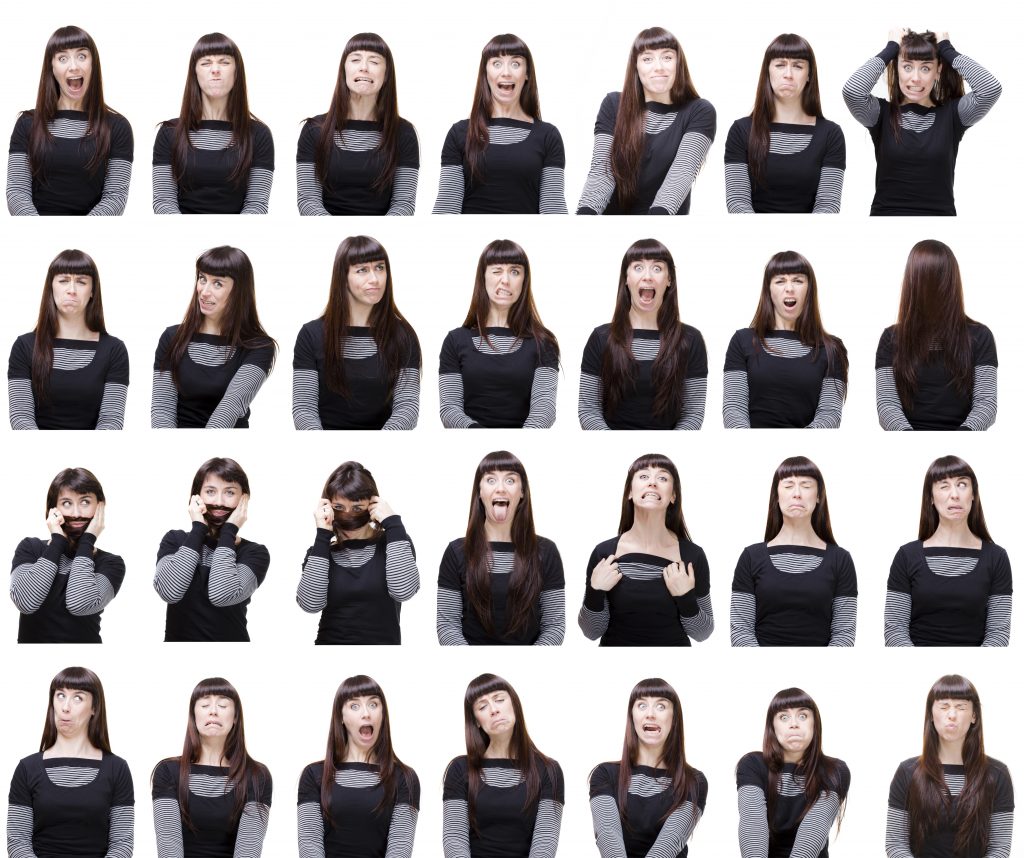 Humintell is here to train you as a people reader, but is there anything that could make you naturally good at this skill?
Humintell is here to train you as a people reader, but is there anything that could make you naturally good at this skill?
It was this question which a team of researchers, including Humintell’s Dr. David Matsumoto, sought to answer in a 2014 study. This undertaking consisted of two experiments, one on college students with no prior professional experience in reading emotions, and another on professional behavioral analysts who work in law enforcement.
Before conducting the study, its authors hypothesized that basic attributes, such as age and sex, would have a significant impact on the ability to read microexpressions. Specifically, they predicted that women would outperform men, and that youth would correlate with better people reading.
More specific personality factors were also considered, such as the role of extraversion or openness to new experiences. Similarly, they sought to test whether previous formal training actually had a positive effect or if general confidence in one’s people reading ability helped.
In order to test these hypotheses, the researchers recruited a series of university students and, after giving them relevant personality tests, exposed them to a series of images showcasing various microexpressions and asked them to determine which emotion was being expressed. One group of participants were given no relevant microexpression training, while another group was trained prior to the study.
Of those participants with no training, younger participants who were ranked as being more open to new experiences tended to be more accurate. Interestingly, those who expressed less confidence in their abilities tended to do better as well.
This became reversed for those who underwent relevant training exercises, with the more confident participants excelling. For the post-training group, age was no longer a relevant predictor, but women who were more open to new experience performed the best. Overall, those given training were able to increase accuracy over those who were not.
In order to test the role of professional experience, a second experiment was employed. This time, professional behavior analysts from the Transportation Security Administration (TSA) were recruited to see what impact this background experience would have on successful microexpression detection. Again, half were given specific training before undergoing the experiment.
For those without training, age continued to be a factor with younger officers outperforming older ones. Moreover, those given additional training before the study were significantly better than their other TSA colleagues. Contrary to the first study, moreover, personality traits and gender proved unimportant.
Another surprising finding was that those with law enforcement backgrounds before TSA were actually worse at detecting certain emotions. The study authors speculated that this is because many signs of deception are poorly understood, even by those who practice lie detection every day.
This study began a difficult process in determining whether personality traits or background are more important in the ability to read microexpressions and was unable to decide this conclusively. However, what was clear was that formal training has a major impact. Even if you are confident in your ability, or you have had to practice lie detection at work, you may not be as good at microexpression analysis as you think!
But this is what Humintell is here for! If you want to hone your skills, there is no better way than by pursuing one of our microexpression analysis courses.
 As a follower of this blog, you are probably pretty aware of universal emotions, but how do these relate to microexpressions?
As a follower of this blog, you are probably pretty aware of universal emotions, but how do these relate to microexpressions? Despite the universal nature of many expressions, it is pretty clear that cultural differences exist, but why?
Despite the universal nature of many expressions, it is pretty clear that cultural differences exist, but why?